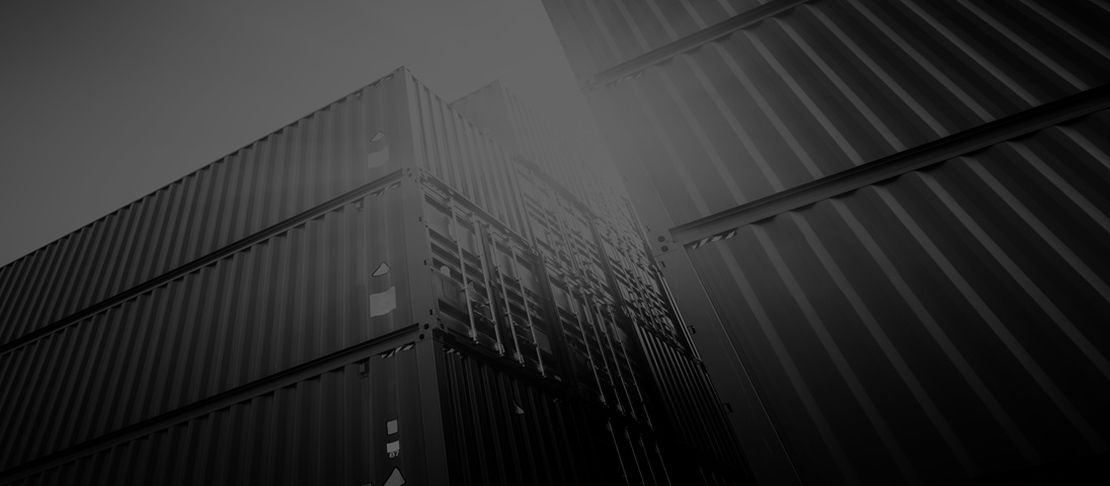
How to Set Up a Basic MLOps Pipeline with TensorFlow and Kubernetes
In the era of data-driven decision-making, machine learning (ML) has become an indispensable tool for businesses to gain valuable insights and make informed decisions. However, deploying and maintaining ML models in production can be a complex and challenging task. This is where MLOps (Machine Learning Operations) comes into play, providing a set of practices and tools to streamline the entire ML lifecycle, from model development to deployment and monitoring.
One popular approach to implementing MLOps is by leveraging containerization technologies like Docker and container orchestration platforms like Kubernetes. In this tutorial, we will explore how to set up a basic MLOps pipeline using TensorFlow, a widely-used open-source machine learning framework, and Kubernetes, a powerful container orchestration system.
Prerequisites
Before we dive into the setup process, ensure that you have the following prerequisites in place:
- Docker: Install Docker on your local machine or development environment to build and run containerized applications.
- Kubernetes Cluster: Set up a Kubernetes cluster, either locally (e.g., using Minikube or Docker Desktop) or on a cloud platform like Google Kubernetes Engine (GKE), Amazon Elastic Kubernetes Service (EKS), or Azure Kubernetes Service (AKS).
- TensorFlow: Install TensorFlow and the necessary Python packages for your ML project.
Step 1: Containerize Your TensorFlow Model
The first step in setting up an MLOps pipeline is to containerize your TensorFlow model. This involves creating a Docker image that encapsulates your ML code, dependencies, and runtime environment.
- Create a
Dockerfilein your project directory with the necessary instructions to build your TensorFlow environment. Here’s an example:
FROM tensorflow/tensorflow:latest-py3
COPY . /app
WORKDIR /app
RUN pip install -r requirements.txt
CMD ["python", "app.py"]
- Build the Docker image using the
docker buildcommand:
docker build -t name-of-your-tensorflow-app .
- Test your Docker image locally by running a container with your TensorFlow model:
docker run -p 8000:8000 name-of-your-tensorflow-app
Step 2: Push the Docker Image to a Container Registry
Once you have successfully built and tested your Docker image, push it to a container registry like Docker Hub, Google Container Registry (GCR), or Amazon Elastic Container Registry (ECR). This will allow you to access and deploy your image from any Kubernetes cluster.
- Tag your Docker image with the appropriate registry URL:
docker tag name-of-your-tensorflow-app:latest gcr.io/my-project/name-of-your-tensorflow-app:v1
- Authenticate with the container registry using the appropriate credentials.
- Push your Docker image to the container registry using the
docker pushcommand:
docker push gcr.io/my-project/name-of-your-tensorflow-app:v1
Step 3: Set Up Kubernetes Resources
In this step, you will define the necessary Kubernetes resources to deploy and manage your TensorFlow model in a Kubernetes cluster.
- Create a
Deploymentresource to define the desired state of your TensorFlow model, including the Docker image, resource requirements, and replicas. Here’s an example:
apiVersion: apps/v1
kind: Deployment
metadata:
name: name-of-your-tensorflow-app
spec:
replicas: 3
selector:
matchLabels:
app: name-of-your-tensorflow-app
template:
metadata:
labels:
app: name-of-your-tensorflow-app
spec:
containers:
- name: mname-of-your-tensorflow-app
image: gcr.io/my-project/name-of-your-tensorflow-app:v1
ports:
- containerPort: 8000
- Define a
Serviceresource to expose your TensorFlow model as a network service within the Kubernetes cluster:
apiVersion: v1
kind: Service
metadata:
name: my-tensorflow-app
spec:
selector:
app: my-tensorflow-app
ports:
- port: 80
targetPort: 8000
- (Optional) Set up
IngressorLoadBalancerresources to expose your TensorFlow model to external clients.
Step 4: Deploy to Kubernetes
With your Kubernetes resources defined, you can now deploy your TensorFlow model to the Kubernetes cluster.
- Connect to your Kubernetes cluster using the appropriate client (e.g.,
kubectlfor local clusters or cloud-specific clients for managed Kubernetes services). - Apply your Kubernetes resource definitions using the
kubectl applycommand:
kubectl apply -f deployment.yaml
kubectl apply -f service.yaml
- Monitor the deployment process and ensure that your TensorFlow model is running as expected:
kubectl get pods
kubectl get services
Step 5: Continuous Integration and Deployment (CI/CD)
To fully embrace the MLOps philosophy, you should integrate your ML pipeline with a CI/CD (Continuous Integration and Continuous Deployment) system. This will automate the build, testing, and deployment processes, ensuring that your ML models are consistently and reliably deployed to production.
- Set up a CI/CD pipeline using tools like Jenkins, GitLab CI/CD, or GitHub Actions.
- Configure the pipeline to build your Docker image, run tests, and push the image to the container registry upon code changes.
- Integrate the pipeline with your Kubernetes cluster to automatically deploy the latest version of your TensorFlow model.
Step 6: Monitoring and Logging
Monitoring and logging are crucial aspects of any production system, including ML models. In a Kubernetes environment, you can leverage built-in monitoring tools and integrate with third-party logging solutions.
- Set up monitoring for your TensorFlow model using Kubernetes’ built-in monitoring tools like Metrics Server and Horizontal Pod Autoscaler (HPA).
- Configure logging for your TensorFlow model by integrating with logging solutions like Elasticsearch, Logstash, and Kibana (ELK stack) or cloud-native logging services.
- Implement alerting and notification mechanisms to be notified of any issues or anomalies in your ML model’s performance.
Conclusion
Setting up an MLOps pipeline with TensorFlow and Kubernetes can streamline the deployment and management of your machine learning models, ensuring consistent and reliable performance in production environments. By following the steps outlined in this tutorial, you can leverage the power of containerization and container orchestration to build a robust and scalable MLOps pipeline.
Remember, this is just the beginning of your MLOps journey. As your ML models and requirements evolve, you may need to incorporate additional tools and practices, such as model versioning, A/B testing, and advanced monitoring and logging techniques. Continuously refine and improve your MLOps pipeline to stay ahead in the ever-changing landscape of machine learning and data-driven decision-making.
Tags :
Related Posts

Machine Learning Model as a Dockerized API
Machine Learning Model as a Dockerized API using FastAPI Deploying machine learning models as APIs is a powerful way to make your models accessible to other applications and users.
Read More
Retrieval-Augmented Generation
Retrieval-Augmented Generation (RAG) is a cutting-edge technique in machine learning that combines retrieval-based and generation-based approaches to improve the quality and coherence of text generation.
Read More